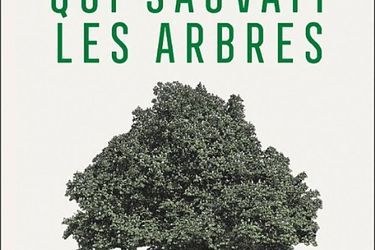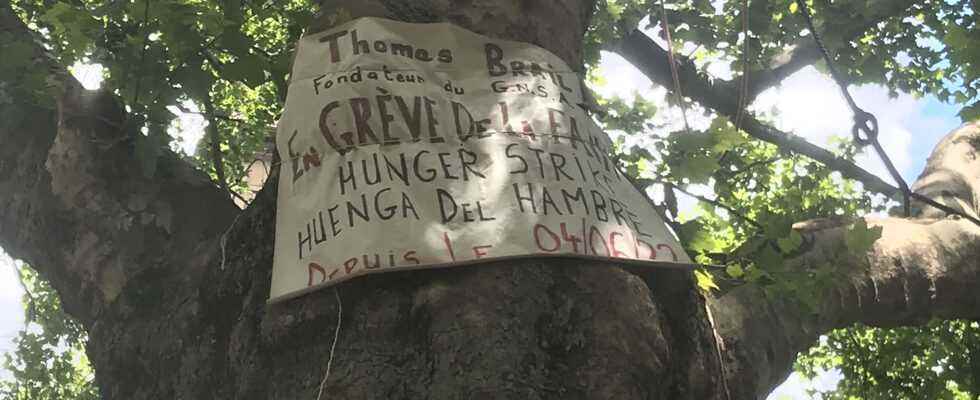Arborist-landscaper, Thomas Brail obtained an appointment with Amélie de Montchalin and Marc Fesneau to discuss the protection of trees.
“Urban France is gaining more and more ground. Watch out, green cities are turning gray.” This is the message that tries to convey Thomas Brail for almost three years. Climber and landscape arborist but also founder of the GNSA (national tree monitoring group), he is above all passionate. Perched, with an empty stomach, at the top of a plane tree in the Champ-de-Mars, Thomas fights against the massive cutting of trees in urban areas through, this time, a hunger strike. And his fight paid off: he got an appointment with Amélie de Montchalin and Marc Fesneau to discuss the protection of trees on June 20.
❗️End of the hunger strike for @BrailThomas. We thank @AdeMontchalin to have sincerely started a dialogue. Appointment is taken on June 20 at 2:30 p.m. at the ministry @AdeMontchalin and @MFesneau to work together on tree protection @hugoclement @affr pic.twitter.com/hnnFKqlqcu
— GNSA National Tree Monitoring Group (@GNSA_arbres) June 9, 2022
The claims of Thomas Brail.
© Pascal Rostain
In the long term, the industrialization of France took “more the form of looting than of forest management”. Pronounced on November 21, 2021 on the YouTube channel of La Haie Donneurs, his demands have not changed since. Known to the public since 2019 when he stayed 28 days at the top of a plane tree facing the Ministry of Ecological Transition. He was already protesting at the time against a tree felling project in Condom in the Gers.
This Tuesday, June 7, we find him on the Champ-de-Mars, still at the top of a plane tree but this time facing the Eiffel Tower. Having become “the keeper of the trees” following his many ecological actions, Thomas continues to fight for the reinforcement of article L350-3 of the environmental code which prohibits the non-cutting down of trees on the road. This provision had moreover been the subject of criticism because of its imprecision concerning its implementation.
Article L350-3 also specifies that it is forbidden to cut down “any roadside tree in good health”. But that was before the article was reduced this summer by the 4D law. Article 62 of this same 4D law proposes in this regard, first of all to specify that the alignments of protected trees are not those bordering “communication routes” but those bordering “ways open to public traffic”. .
In addition to reducing article L350-3 of the environmental code, it would also make it easier to issue authorizations for the felling of roadside trees.
Thomas Brail opposes the concreting of the site
Not framed by previous laws but just as important, the clear cuts and monocultures of softwoods in French forests disconcert Thomas. Worried by these phenomena that he characterizes real ecological problems. At the top of a tree supposed to have its roots concreted during the “OnE” project planned at the foot of the Eiffel Tower, Thomas also opposes the concreteization of the site. Concrete too close to the roots would indeed kill the plane trees.
Considering himself more connected to ecological reality than most of the population and companies, Thomas wishes to highlight this idea of absolute growth which would lead to collective suicide. He pushes us through his actions to redefine what progress is: is it technological and material consumption or the construction of a healthier and rebalanced world that would have fewer inequalities?

The cover of the book “The Man Who Saved the Trees” by Thomas Brail.
© Arthaud
